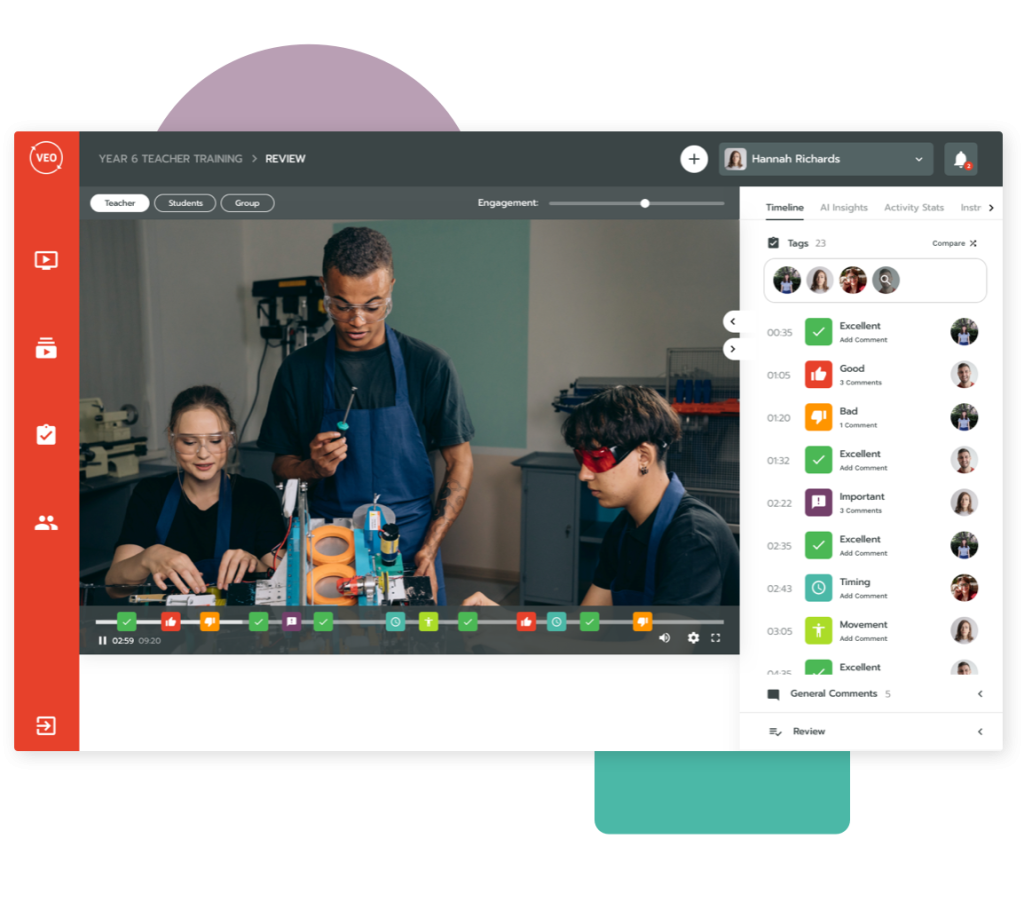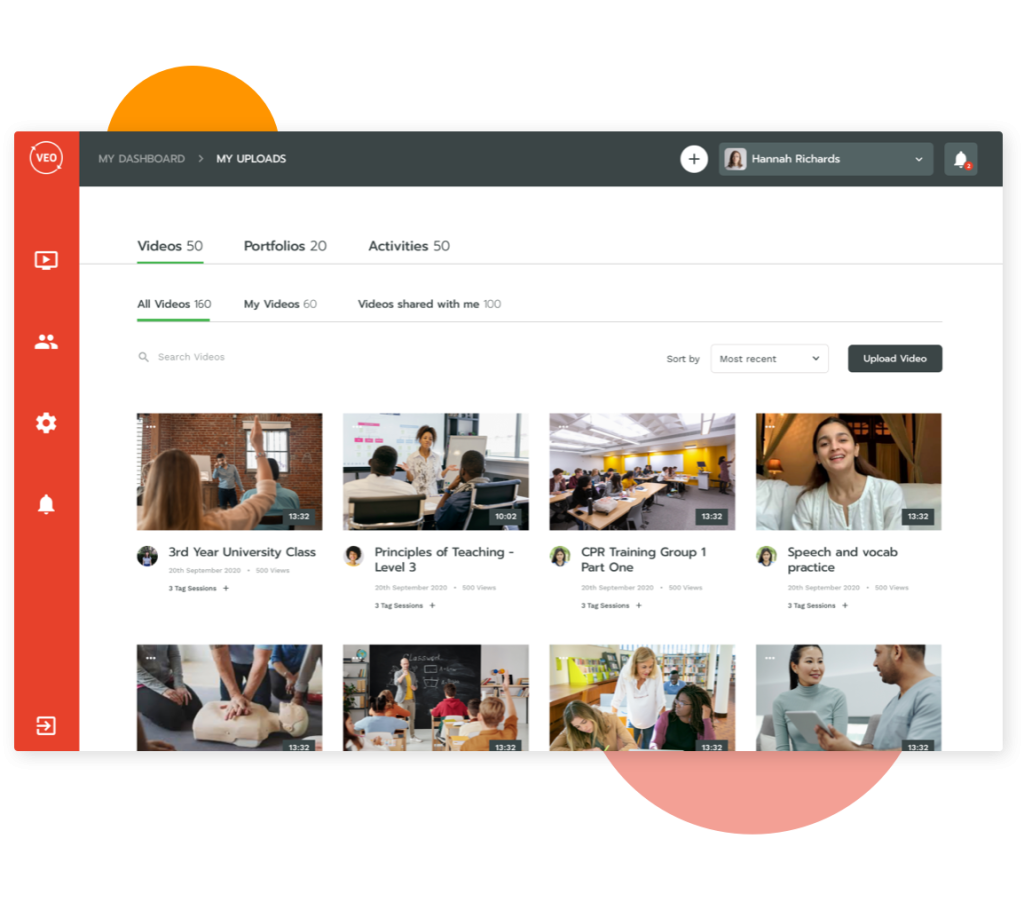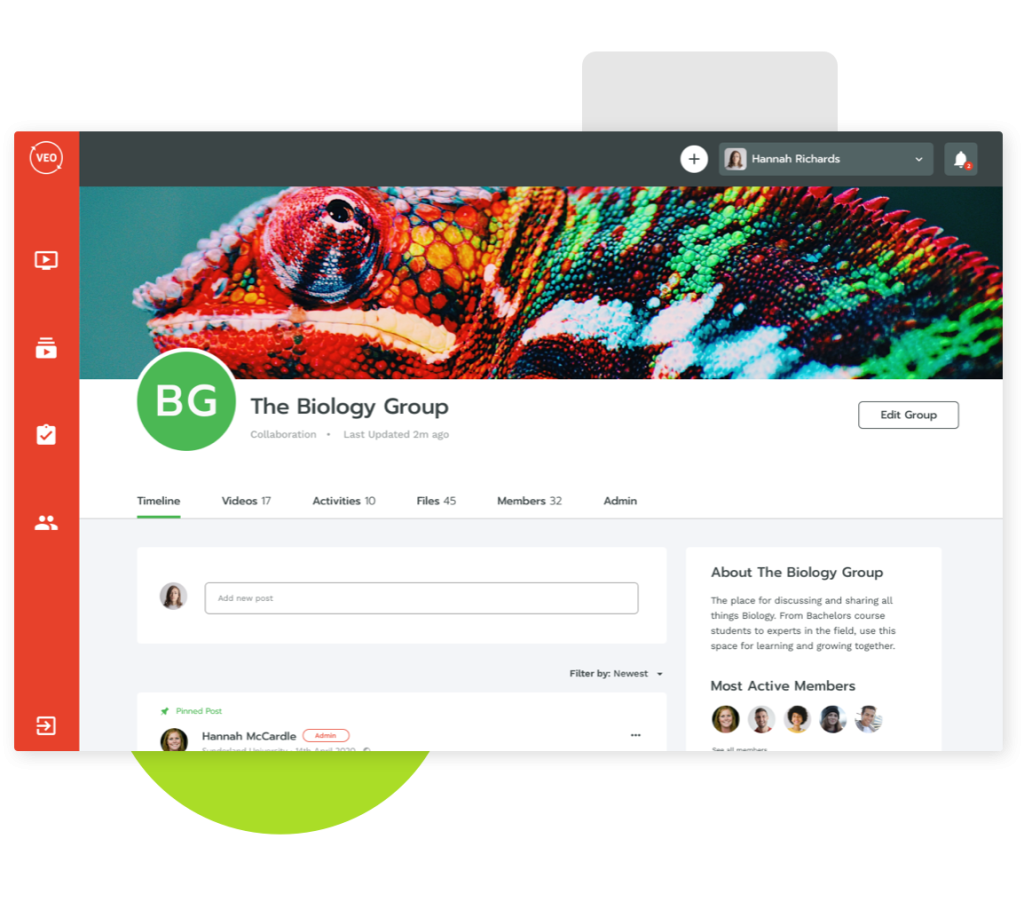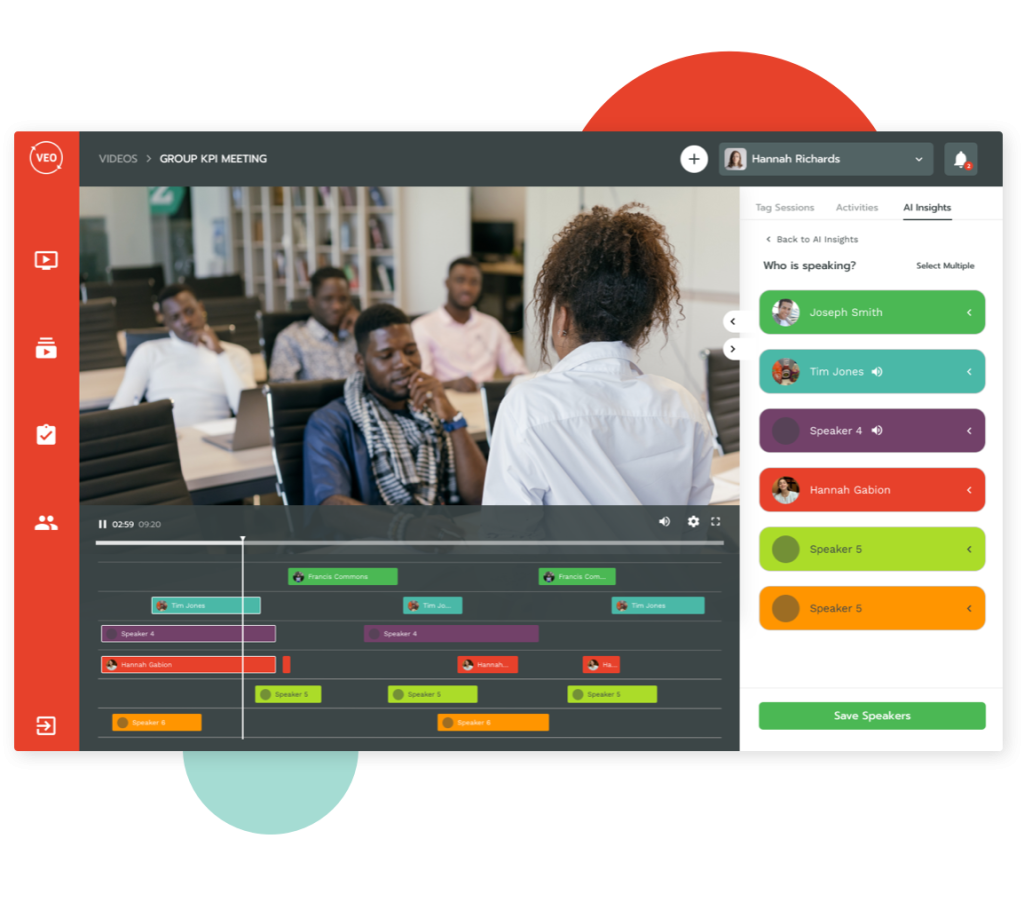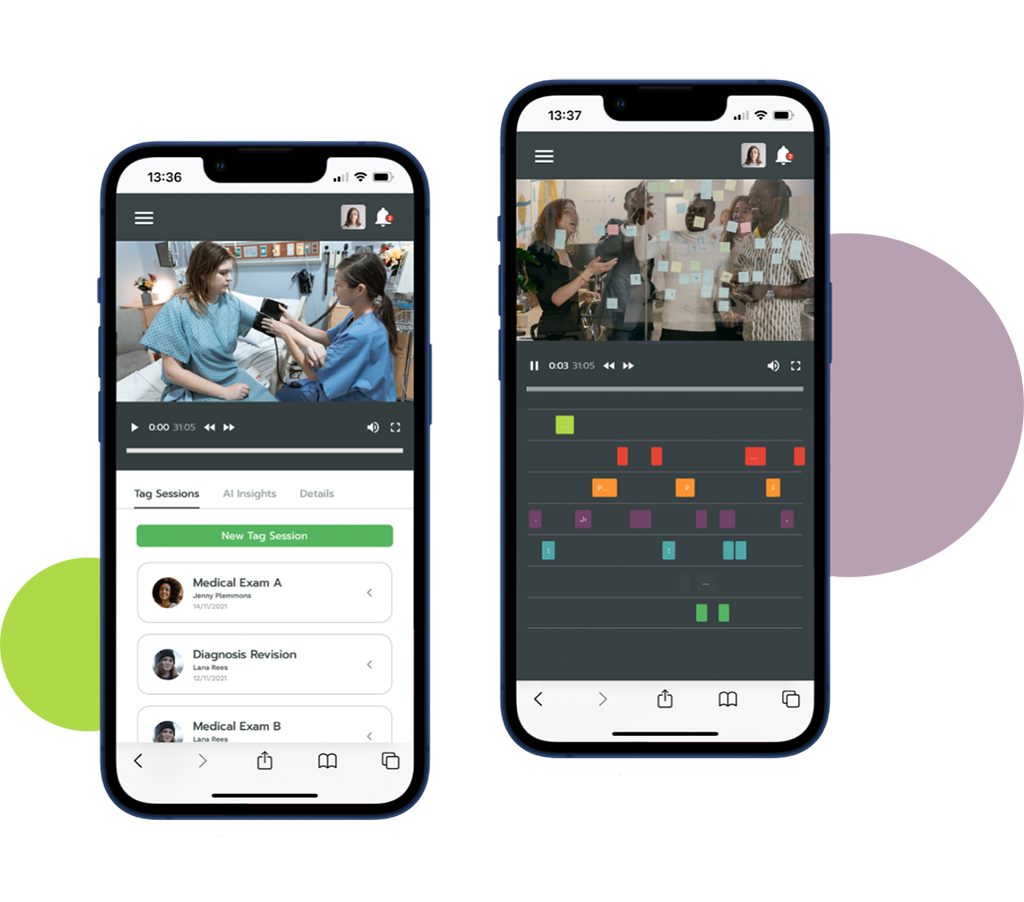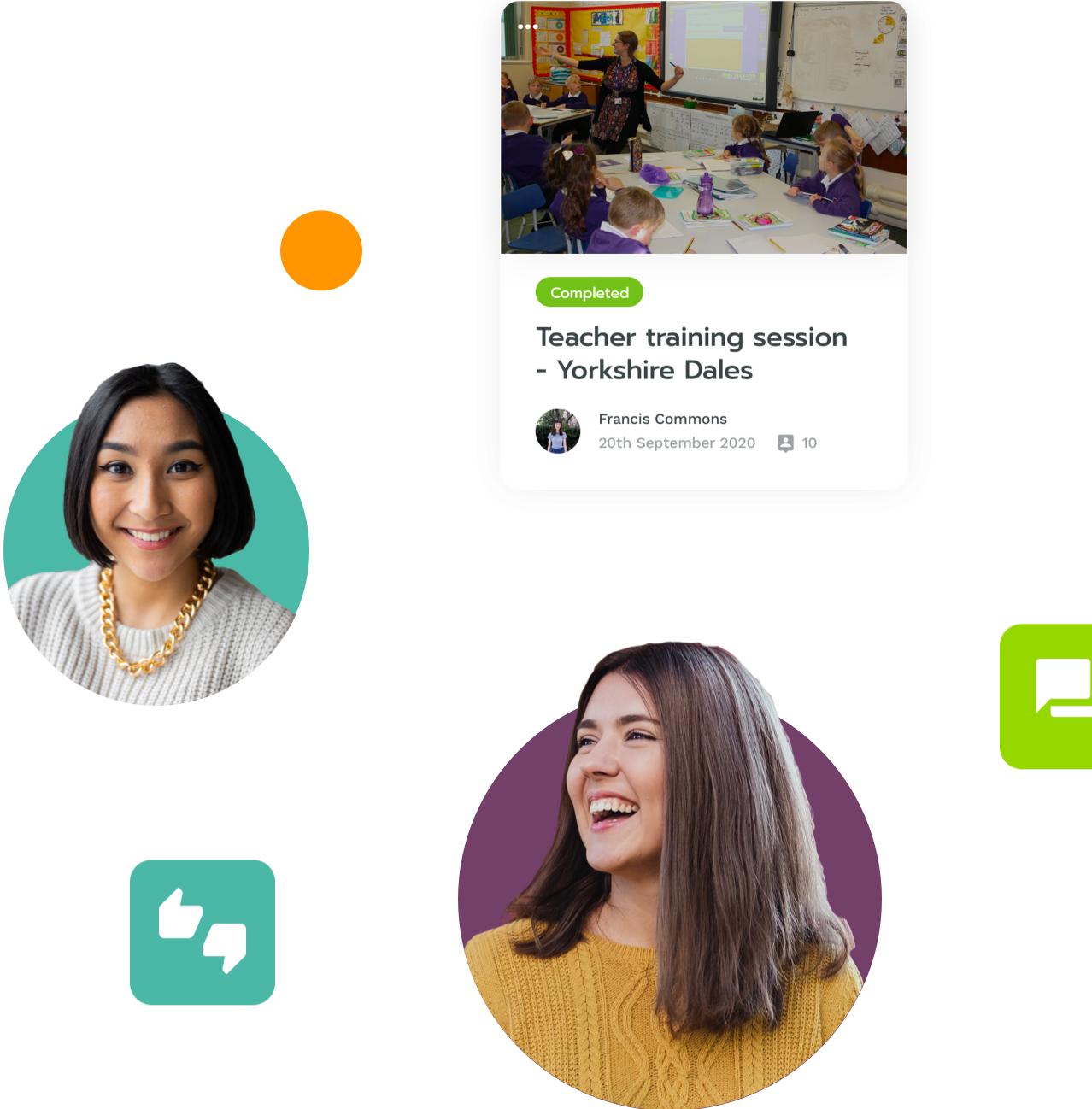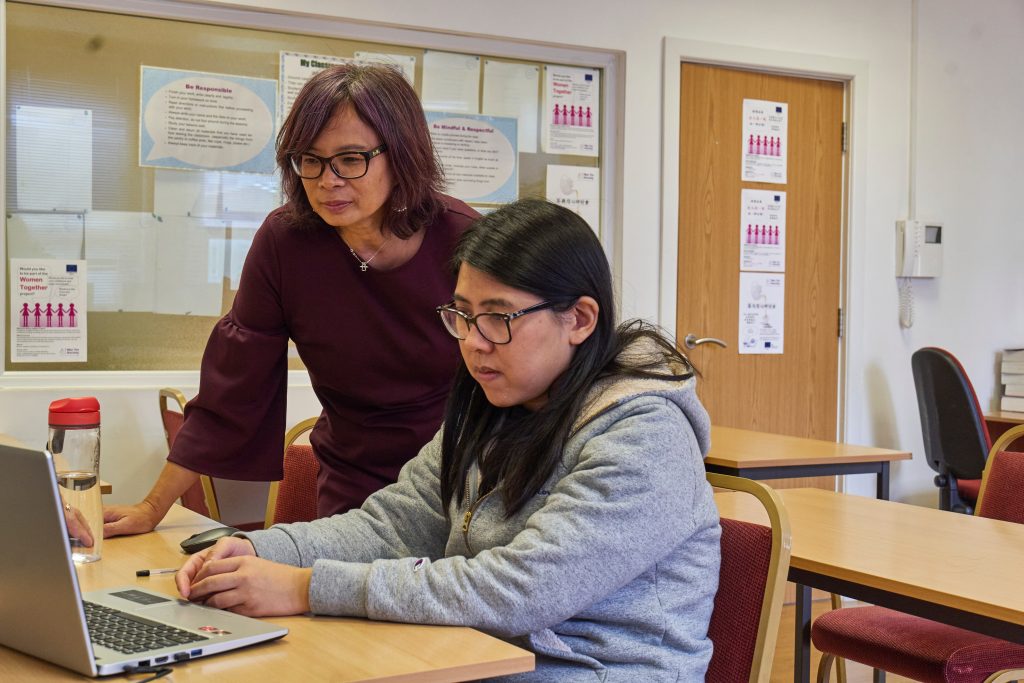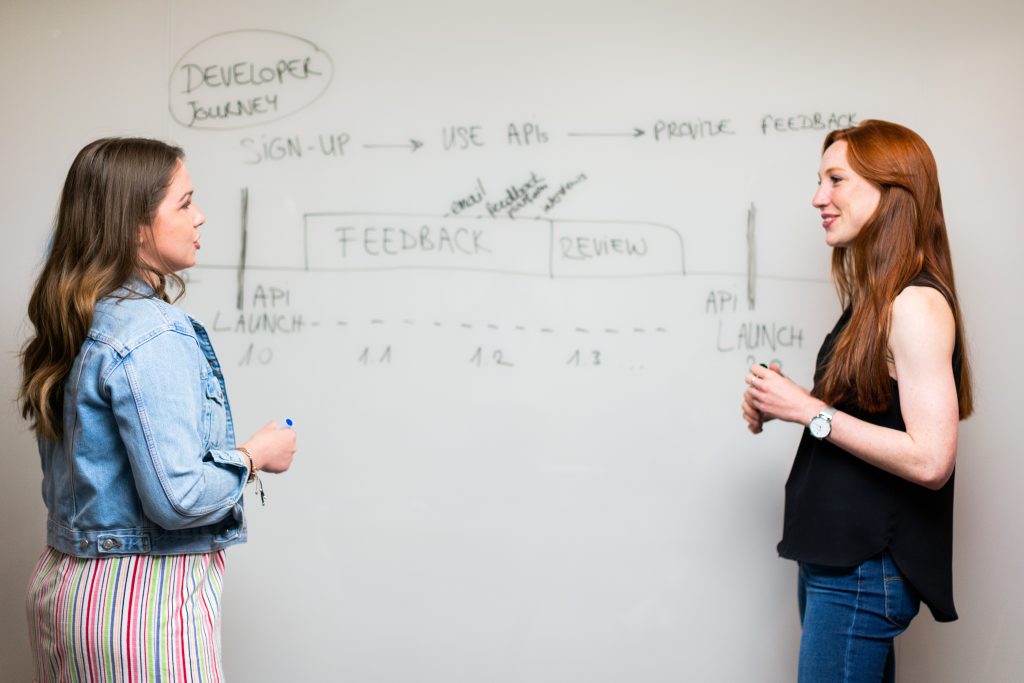According to research from the University of Washington, students benefit massively when they actively engage with their studies. Attention and focus have been shown to improve, along with higher-level critical thinking skills – and active participation promotes more meaningful learning experiences too.
Fortunately, the introduction of video learning platforms within higher education has huge potential to increase student engagement, enabling more students to enjoy the benefits. So today we’re breaking down some of the ways that you can use video learning platforms to increase student engagement in your own classes.
The Emergence of the Flipped Classroom
You may have come across the “flipped classroom” approach before. It’s a shift in teaching style from a teacher-centred environment to a student-centred one. Video learning platforms have not only made implementing flipped learning easier for teachers but have also given rise to the possibility for more engaging classroom sessions.
With flipped learning, activities are designed to promote a deeper understanding of a topic, rather than learning it for the first time in the classroom. Video learning platforms can play a large part in helping you to implement this style of teaching and encourage increased student engagement, so let’s talk about exactly how.
1. More ways to communicate
With user-generated video content now the norm, it’s not surprising that video learning platforms are fast becoming integral communication tools for teachers and learners.
As we all know, video opens up a new avenue for dialogue between you, as the teacher, and your students. Because rather than ‘watching and learning’, software such as VEO means people can enjoy multi-dimensional communication and learning.
For instance, you could deliver sections of your course content through video and share this with your students for them to review before the classroom session on the topic is due to take place. You could then open up the conversation by asking them to create a video of their own in response.
The beauty of this is that these videos can then be used in the classroom as a topic for conversation. It also encourages people to actively engage with the content and contemplate their opinions, rather than writing notes that may not be shared with anyone else.
Our own video software allows for videos to be tagged and commented on and for other relevant documents to be uploaded alongside it for further elaboration and discussion on a topic.
2. Increase engagement with students
According to a 2017 report, 70% of YouTube users are using it to help them resolve an issue. And this is no different within the education sector.
Compared to traditional methods, video is a much more interactive and engaging way for students to solve problems – a massive part of the overall learning experience.
Using video means that people can physically see how to approach situations, or give greater context to a topic, rather than relying on learning course content through one channel, such as reading.
So we’re all agreed that YouTube can help solve problems, but it doesn’t always offer the ease of learning that other video platforms do. For example, VEO offers video tagging so that specific, relevant moments in a video can be found in seconds, as opposed to skipping through content in an attempt to find the information required every time.
3. Encourage more innovative course content
Potentially the most obvious, but one of the biggest benefits of using a video learning platform is that it can enhance the learning that can be taken from traditional learning resources. Integrating video learning technologies could give you a chance to rethink how you’re going to deliver your course content, and how you may be able to make it more engaging and interesting for your classes.
As we’ve already mentioned, video learning can add knowledge and greater context when used alongside other, more traditional materials. Providing a video as well as reading on a topic could be the extra resource that a student needs to understand and engage with something they might otherwise find tough to get their head around.
4. Highlight key learning moments
And finally, VEO’s video learning technology offers a unique and user-friendly time-stamp tagging feature, encouraging active student engagement rather than the passive intake of information.
The fact that key learning moments can be highlighted also makes information via video easier to digest, creating ‘lightbulb moments’. This can be especially helpful in situations like revision, or where practical activity needs to be reviewed and discussed.
Interested in learning more about using VEO in your class?
Yes, it’s about engagement, but it’s really about ensuring learners are getting the most out of their higher education experience. VEO offers a cost-effective, innovative solution for higher education providers to improve this for their students, and to boost learning outcomes too.
